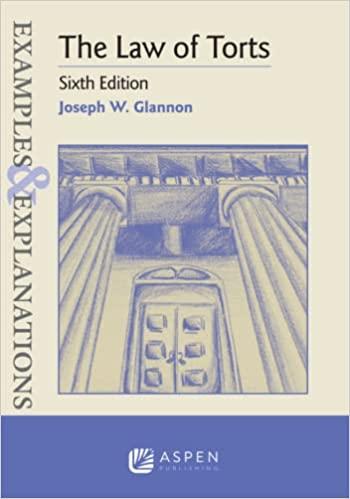Question
understand this research Purpose The purpose of this paper is to offer an exploratory case study of how the UK's top ten food retailers are
understand this research
Purpose
The purpose of this paper is to offer an exploratory case study of how the UK's top ten food retailers are employing corporate social responsibility (CSR) as a means of marketing to customers while they are within stores.
Design/methodology/approach
The paper begins with a short review of the characteristics and origins of CSR and it is followed by a literature review of current thinking on the relationships between marketing and CSR and a brief outline of the structure of food retailing in the UK. Data obtained from an internet search and a simple walk through visual inspection and information collection survey conducted within the largest store operated by each of the top ten retailers within the towns of Cheltenham and Gloucester, UK provides the empirical material for the case study.
Findings
The survey revealed that the principal CSR themes being employed within stores were value for money, support for local food producers, Fairtrade, healthy living and healthy eating, commitment to organic products, charitable donations and initiatives to support the local community.
Practical implications
That there was considerable variation in the extent to which the top ten retailers were using CSR themes in marketing communications within stores.
Despite the advantages of the case study method, its reliability and validity remain in doubt. Tests to establish the validity and reliability of qualitative data are important to determine the stability and quality of the data obtained. However, there is no single, coherent set of validity and reliability tests for each research phase in case study research available in the literature. This article presents an argument for the case study method in marketing research, examining various criteria for judging the quality of the method and highlighting various techniques, which can be addressed to achieve objectivity, and rigorous and relevant information for planning to marketing actions. The purpose of this article is to invite further research by discussing the use of various scientific techniques for establishing the validity and reliability in case study research. The article provides guidelines for achieving high validity and reliability for each phase in case study research.
Question 1
In the chapter on diabetes you wrote that you should avoid tablets
before age of 40 years in non-insulin-dependent diabetes mellitus
(NIDDM). Why is this, because in our country most doctors are
prescribing this?213019
Question 2
1. Should a patient poorly controlled on glibenclamide 15 mg a day and
metformin 1500 mg a day be moved onto insulin?
2. What are the indications for insulin in type 2 diabetics?
Question 3
What happens to the insulin-secreting capacity of a type 2 diabetic
placed on insulin therapy earlier than recommended? Can the external
supply of insulin improve the functional capacity of the insulin-secreting
cells, to some extent by providing some rest to these cells?
Question 4
1. Is inhaled insulin a suitable substitute for injectable insulin?
2. Is there, or will there soon be, insulin in the form of a tablet?
Question 5
What are the complications of insulin other than hypoglycaemia and
injection?
Question 6
I would like to know the processes that go into administering the
Alberti's/modified Alberti's regime in patients with uncontrolled
diabetes mellitus.
Question 7
Is there any role for steroids in the management of resistant diabetes
mellitus (daily insulin requirement exceeding 100 units/day)? Don't they
make glycaemic control worse?
Question 8
What is the importance of potassium chloride (KCl) in the treatment of a
diabetic patient (pre-operative care)? The formula in the text is explained
as 16 U of insulin10 mmol of KCl500 mL 10% glucose.
Question 9
What is the cut-off point of daily albumin excretion above which a
diabetic patient without hypertension should be given an angiotensinconverting enzyme (ACE) inhibitor?
Question 10
What is the urinary concentration or 24-hour urine albumin content above
which angiotensin-converting enzyme (ACE) inhibitors should be started
in diabetic patients? Does an albumin (in microgram)/creatinine (in
milligrams) ratio above 30 in the morning sample indicate a need for this?
Step by Step Solution
There are 3 Steps involved in it
Step: 1

Get Instant Access to Expert-Tailored Solutions
See step-by-step solutions with expert insights and AI powered tools for academic success
Step: 2

Step: 3

Ace Your Homework with AI
Get the answers you need in no time with our AI-driven, step-by-step assistance
Get Started


